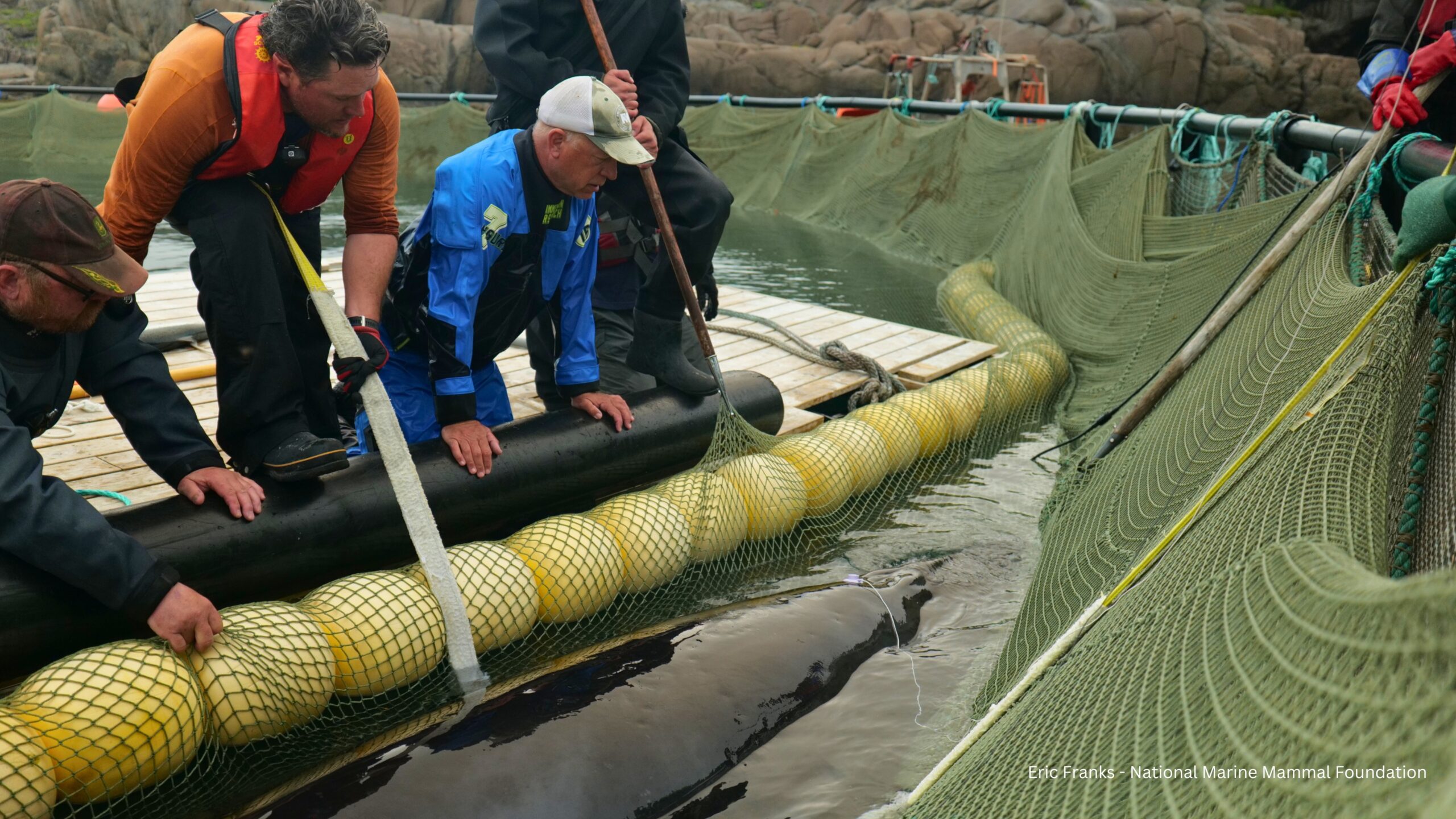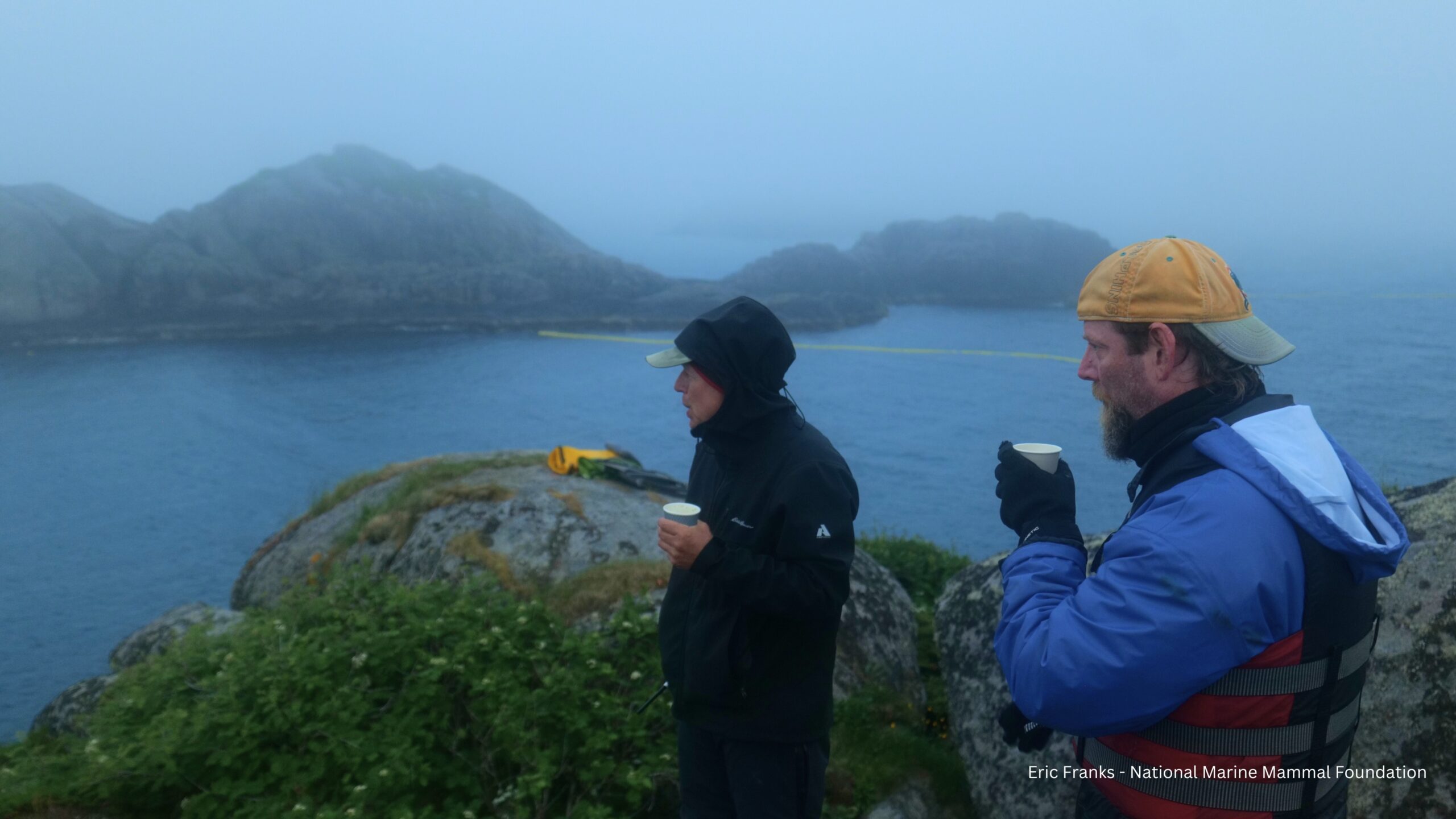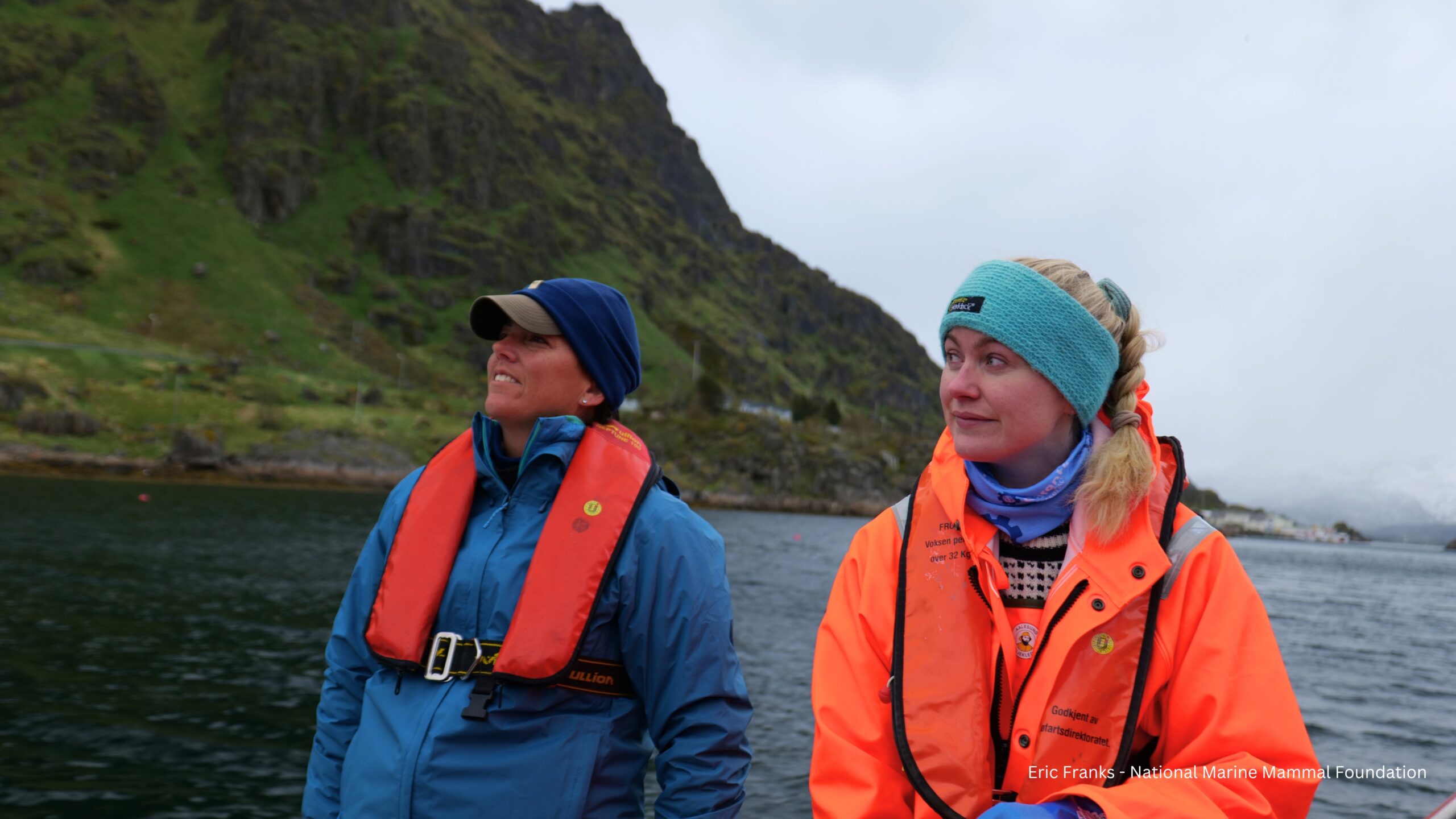Norwegian Defence Research Establishment (FFI)
Contact: Espen Hofoss, in**@*fi.no
National Marine Mammal Foundation (NMMF)
Contact: Kristina Martz, ex******************@**mf.org
This vital data will assist regulators in creating policies that mitigate ocean noise negatively impacting whales.

Lars Kleivane, SOST Minke Whale Hearing Project.
Protection from human-made (anthropogenic) ocean noise is of great importance; six species of baleen whales are currently classified as endangered. Baleen whales rely on sound to communicate, forage, and navigate the world’s oceans.
The team, led by experts from the National Marine Mammal Foundation (NMMF), the Norwegian Defence Research Establishment (FFI), and LKARTS-Norway is committed to the continuous advancement of conservation science to protect whales around the world.
Building upon the knowledge gained last year when the first-ever measures of hearing in baleen whales were successfully collected by this team, this year they measured hearing in two more whales, answering unknowns about their biology and hearing that will directly aid baleen whale conservation.



Rune Roland, SOST Minke Whale Hearing Project.

The landmark discovery has been published in one of the leading scientific journals, Science, making it widely available to scientists, conservationists, and federal regulatory agencies. The method used to temporarily catch and release the whales for hearing measurements was described in a paper published in Aquatic Mammals Journal earlier this year. More about the project can be found here and here.
More information, including a copy of the Science paper, can be found online at the Science press package at https://www.eurekalert.org/press/scipak/.





